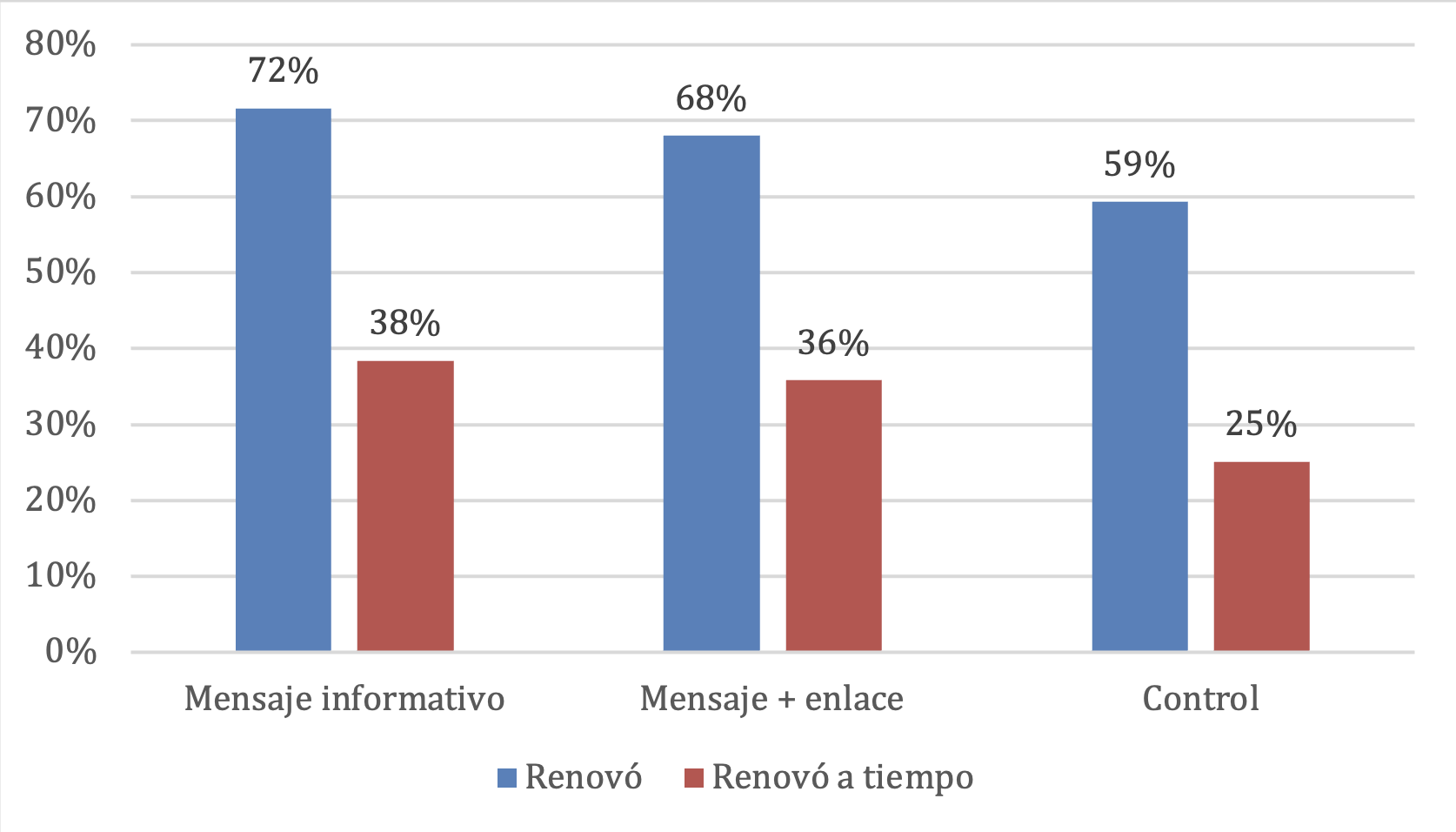
Digitalization might seem to be the solution to many ills facing society. From the virtual classrooms that provide education to children in remote areas, to the telemedicine that facilitates access to health care and crowdsourcing to promote citizen participation in policy debates, it might even seem like a panacea.
But digitalization’s effectiveness depends on the ability of citizens to take advantage of it. Think back. The last time you tried to access a government service online, did it go smoothly? Chances are, for many, the answer is “no.” And if this is the case for you, imagine what it must be like for people less familiar with digital technologies. What are the implications when digitalized public services come with a design that is cumbersome or problematic?
In a recent experiment in Panama, documented in a new study, we came to a clear conclusion: A digital application process with design problems can discourage the use of critical public services.
Overcoming Barriers to Identity
The service in question was not just any service: It was the renewal of the identity card. Having a current identity card is both a legal requirement in Panama and crucial for accessing many public and private services. Many people let it expire: More than 15% of people whose ID cards (cédulas) became invalid during 2018 had not renewed it by the end of 2019. We had two theories as to why. First, they simply forgot. When completing a procedure that has to be done every 10 years, it is easy to miss the date. You may remember only when you are denied access to a service that requires identification. And for that, a simple reminder should succeed in getting people to renew.
Our second theory was that the renewal process was difficult. You had to go twice to an Electoral Tribunal office — once to verify your data and update your photo and signature, and another time to pick up the new ID card. Moreover, office hours tend to coincide with work schedules so many people had to interrupt their working day to complete the process. To overcome this barrier, then, the process needs to be simplified.
In partnership with the Electoral Tribunal and the National Authority for Government Innovation, we designed an experiment to address both the challenge of memory and the challenge of barriers to access. One group of people would receive text messages reminding them of the upcoming expiration of their ID card. Another group would receive similar messages, but including a link to an online form allowing them to do almost everything they would normally do on the first visit to the Electoral Tribunal: update their photo and signature, and verify their personal data. We also had a control group, which did not receive any messages.
For us, the expected result seemed obvious. More people who received the message with the option to do the procedure online were going to renew their ID card than those who received just the message. Obvious, right? Well, not so much.
The option of starting the renewal process online provoked a lot of interest. Twenty-five percent of the people who received the link via text message began the process online. If all of them had completed it, our prediction would have come true, and the intervention would have been a success. But this was not the case. Only 6% of the people who received the link completed the online process, for a rate of effectiveness of less than 25%. Our result was counter-intuitive: Those people that only received informative text messages renewed their ID cards in a higher proportion (72%) than those that received the messages with the link to the digital procedure (68%) (see graph below).
Proportion of People Who Renewed Their ID Card, by Treatment Group

The Cost of a Complicated Design in Digitalization
Why didn’t the use of digital processing work to reduce barriers to access, as we had predicted? In a word: design. The process requires complex steps. The most problematic was the photo update. Sixty percent of people who abandoned the digital procedure did so after having problems with the photo (one possible reason: they could not take a selfie). Perhaps even more troubling is that difficulties with the digital process, measured in terms of the abandonment rate, were more pronounced for people with lower levels of education.
The Importance of Having an Up-to-Date Identity Card
Shortly after the arrival of the COVID-19 pandemic, the Panamanian government began distributing subsidies linked to the identity card, called the Vale Digital. Receipt of an informational text message promoting ID card renewal increased the probability of receiving this benefit by 3% over the control group, and increased the level of spending on these benefits by 11% over the control group. However, those who received a linked message experienced no difference in access to and use of the Digital Voucher compared to the control group. That is, those flaws in the design of the online application not only resulted in a low renewal rate, but also affected access to crucial resources in times of crisis.
Policy Implications for Digitization’s Future
What did we learn? First and unsurprisingly, sending text message reminders works to promote the use of public services. Second, the great promise of digital procedures depends heavily on the ease of using them. Third, this ease is even more important for people with lower levels of education. Digitizing, in short, is not enough.
Public service policies may indeed be subject to an important trade-off. On the one hand, digitalization allows users to complete procedures when it is convenient for them, without waiting in line. On the other hand, as annoying as waiting in line can be, in-person procedures may have an intrinsic value: allowing users to interact with public servants in a timely manner and navigate processes easily. Changing this trade-off is critical to ensuring that the digital transformation of public services does not lead to exclusion.
These results in turn emphasize the importance of conducting pilots before making changes at scale. In the case of Panama, a preliminary study provided lessons for implementation.
Beyond digitalization, these results provide an important policy lesson. Investing in improving access to identification documents is crucial to improving the efficiency of public spending. Governments allocate a large proportion of their budgets to anti-poverty programs. Ensuring that the most vulnerable citizens can access these resources is crucial to the effectiveness of social programs, not least in times of crisis like the COVID-19 pandemic.
[Editorial note: We would like to thank Ángela Reyes and María Inés Vasquez for their constant support throughout this project. We thank Sara Espino, Eduardo Valdez, José Luis Jiménez, Víctor Rodríguez, María Tuñón, John Palm, and the staff of the Electoral Tribunal and the AIG (National Authority for Government Innovation) for creating the space for the pilot. The opinions, findings, conclusions and recommendations expressed herein are those of the authors and do not necessarily reflect the views of the Inter-American Development Bank.]


Leave a Reply